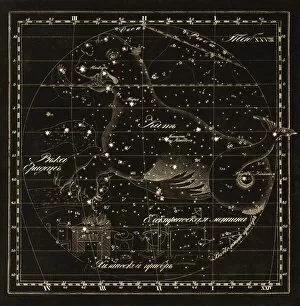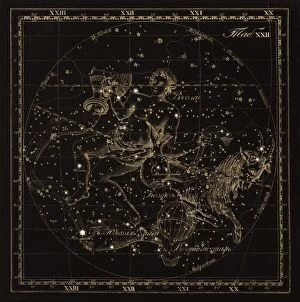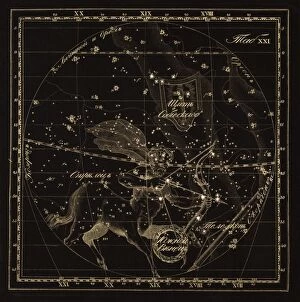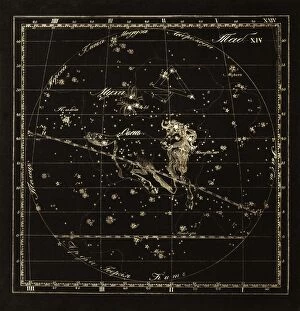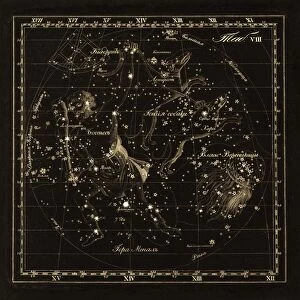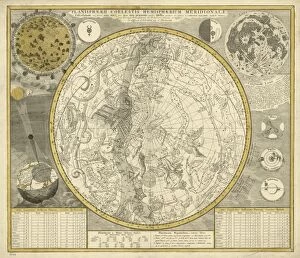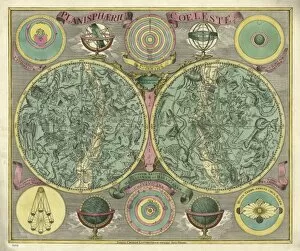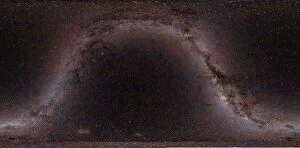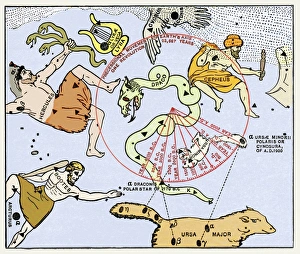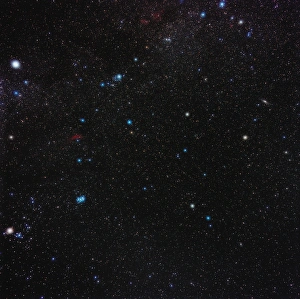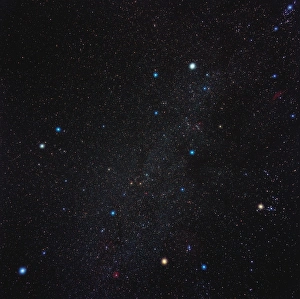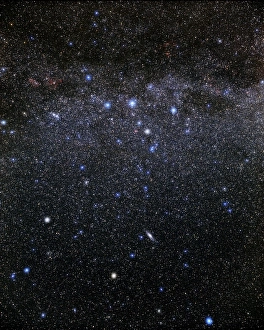Constellations Collection (page 9)
"Unveiling the Mysteries of the Night Sky: Exploring Constellations" Embark on a celestial journey as we delve into the captivating world of constellations
All Professionally Made to Order for Quick Shipping
"Unveiling the Mysteries of the Night Sky: Exploring Constellations" Embark on a celestial journey as we delve into the captivating world of constellations. From ancient star maps to modern astronomical wonders, these heavenly patterns have fascinated humanity for centuries. In Andreas Cellarius' "Atlas Coelestis, " created in 1665, Cygnus and Lyra constellations take center stage, showcasing their intricate beauty against a backdrop of twinkling stars. This masterpiece serves as a testament to our ancestors' fascination with mapping the cosmos. Travel back even further in time to 1537, where a Northern hemisphere star chart reveals secrets hidden within the Milky Way. As Perseus constellation graces Durer's Celestial Globe from 1515, one can't help but marvel at how these ancient depictions continue to inspire stargazers today. The Ursa Major constellation shines brightly in Bode Star Atlas, guiding us through the vastness of space. Meanwhile, Johannes Van Keulen's Celestial Map from 1654 unveils an enchanting tapestry of Cygnus and Lyra constellations dancing across the night sky. One cannot forget the awe-inspiring Christmas star that adorned planetary conjunctions throughout history. Its radiant presence has sparked wonder and speculation among astronomers and dreamers alike. And who could overlook Orion? The iconic figure immortalized in countless myths is beautifully captured in an exquisite Star Map that invites us to trace his celestial path through time and can not merely distant specks; they are stories woven into our collective imagination. They connect us with our past while igniting curiosity about what lies beyond our earthly realm. So next time you gaze up at the night sky, remember that each twinkle holds tales untold – waiting for you to unravel them under those timeless constellations above.

